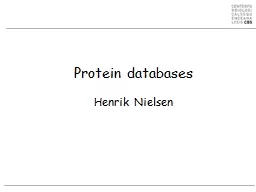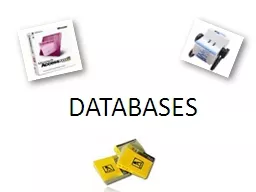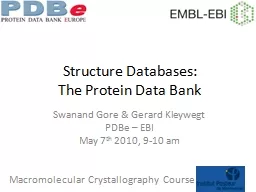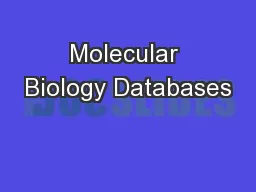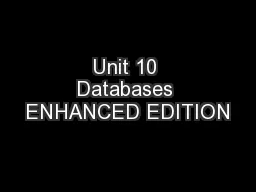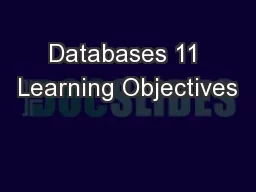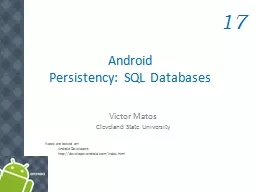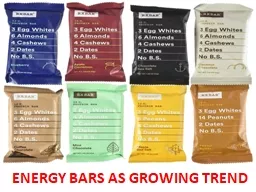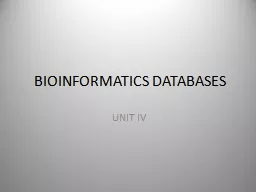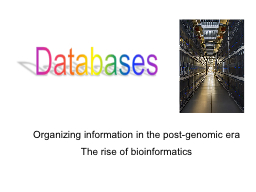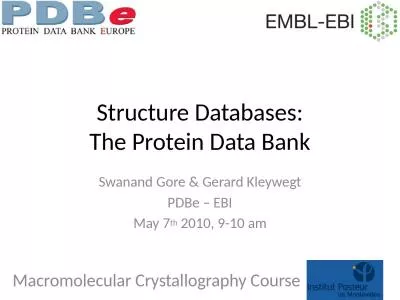PPT-Protein databases Henrik
Author : calandra-battersby | Published Date : 2018-02-01
Nielsen Protein databases historical background Swiss Prot httpwwwexpasyorgsprot Established in 1986 in Switzerland ExPASy Expert Protein Analysis System Swiss
Presentation Embed Code
Download Presentation
Download Presentation The PPT/PDF document "Protein databases Henrik" is the property of its rightful owner. Permission is granted to download and print the materials on this website for personal, non-commercial use only, and to display it on your personal computer provided you do not modify the materials and that you retain all copyright notices contained in the materials. By downloading content from our website, you accept the terms of this agreement.
Protein databases Henrik: Transcript
Download Rules Of Document
"Protein databases Henrik"The content belongs to its owner. You may download and print it for personal use, without modification, and keep all copyright notices. By downloading, you agree to these terms.
Related Documents

